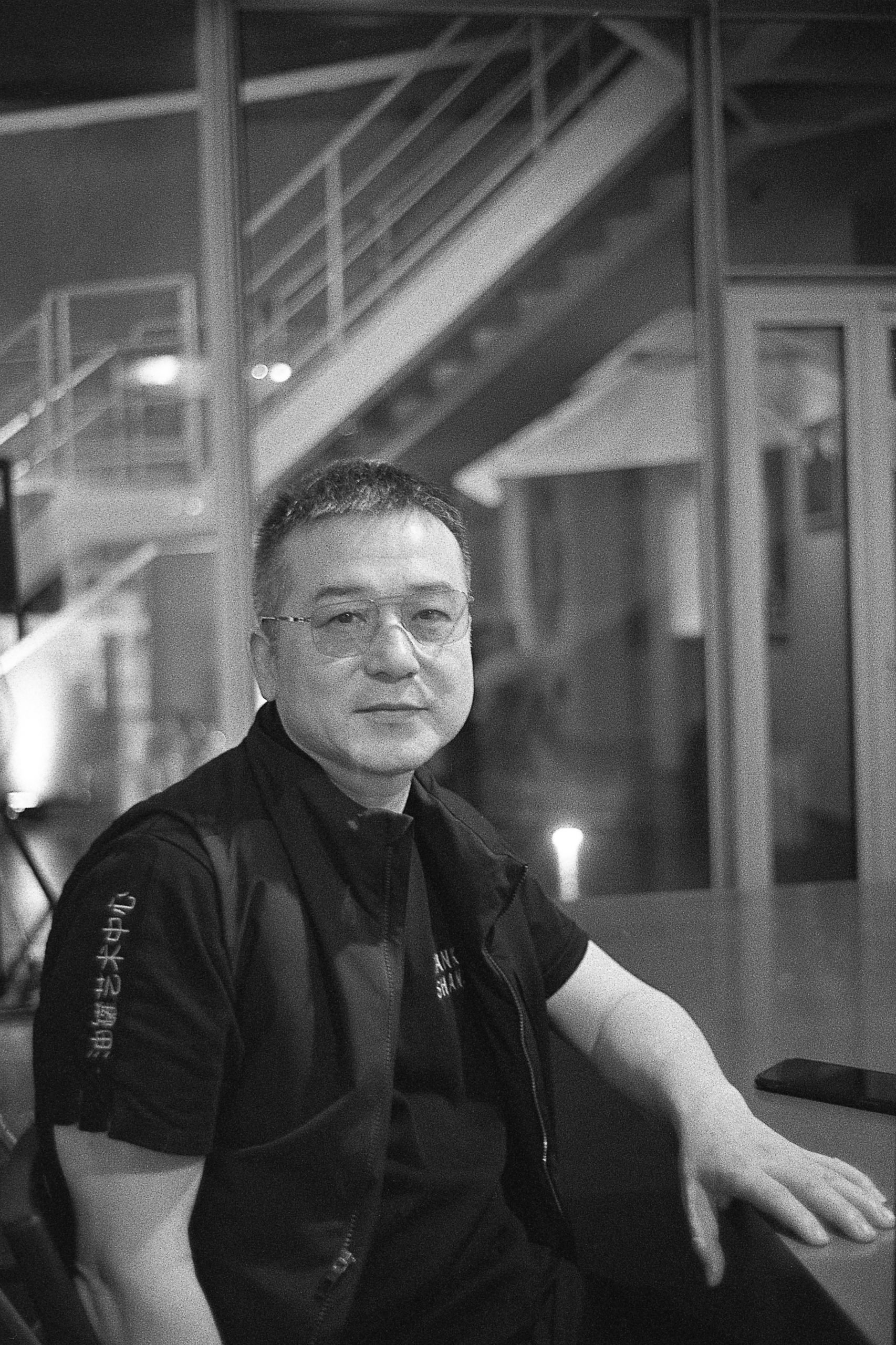
The View From is excerpted from The Asia Pivot, Artnet Pro’s biweekly members-only newsletter providing mission-critical analysis, insights, and exclusive intelligence on developments in Asia’s art markets, with a focus on business opportunities and challenges. Subscribe here to receive it directly to your inbox.
Traveling to Europe and the U.S. for art has become my annual expedition since the outbreak of the pandemic three years ago. I always choose to go to cities where art events are taking place, and my impression is that the art scene is still very vibrant despite the various challenges facing each city.
The significant changes instigated by the pandemic have brought a major paradigm shift that has not only altered people’s habits, but also people’s priorities. The information gaps are growing as well. In terms of art exhibitions, for example, there’s a gap between the information about the domestic and international scenes. Viewing China from abroad also involves information gaps and inaccuracies. It is important to be aware of these. A lack of such awareness could be dangerous, as degradation of information can take over our understanding of the world easily.
Worries over China’s economic environment has been a major discussion topic among many. Indeed, not many industries or sectors are profitable at the moment. But this month’s Shanghai Art Week was lively and vibrant. The number of art enthusiasts [in China] is growing. Collectors also staged various exhibitions showcasing their collections, including mine at Tank Shanghai.
The growing number of new galleries across China is also astonishing. They don’t just open in Beijing and Shanghai. The southern city of Shenzhen alone saw 30 new galleries popping up over the past two or three years. There are also many new galleries established in second- or third-tier cities and they are eager to take part in art fairs. Some are even getting support from local governments to do so.
And large fairs are now taking place across major cities and regions in Asia including Singapore, Seoul, and the Greater Tokyo Area. This kind of competition is definitely beneficial for the region’s development.
In contrast, Hong Kong has undergone significant changes. A year or two ago, Hong Kong was still seen as an irreplaceable art hub in Asia, but this is might no longer be the case today. Hong Kong is still very competitive, in my opinion. The freedom of movement, the ease of import and export of artworks, funds, and overall services are still among the best, and these aren’t yet accessible in Shanghai.
But, without a doubt Shanghai is the best city for contemporary art in China at the moment. It is an international metropolis where vibrant exchanges with the global art community are taking place. This art season the city has attracted many foreign curators and gallery owners who are curious about China.
Indeed, China has its uniqueness and a lot to offer, and we don’t necessarily have to be in a confrontational state with the West. The rapid progression of the market in 2018 and 2019 gave us a false expectation of catching up with the West very soon. But today, it’s clear that the gap has widened. We should acknowledge it. [China] has only been part of the global art market for about a decade and a half, whereas the art market in the West has taken centuries to develop. We should maintain an open mindset and work on exerting our global influences. We should be confident instead of being arrogant, because what we are doing is meaningful.
As someone who operates a non-profit art organization in China, I realize that organizing a world class international exhibition is becoming increasingly challenging. But it remains important for China and contemporary art globally.
As a collector who’s interested in both domestic and international artists, I see that a not-so-hot market may serve collectors better. In such times, collectors often have more agency and more options. Indeed, collecting art becomes even more meaningful.
– As told to Cathy Fan. This article was originally published in The Asia Pivot on November 16, 2023.
Qiao Zhibing is one of the top contemporary art collectors in China. In 2019, the entrepreneur opened Tank Shanghai, which transformed five empty oil tanks into one of the most iconic private museums and a cultural landmark in the country.